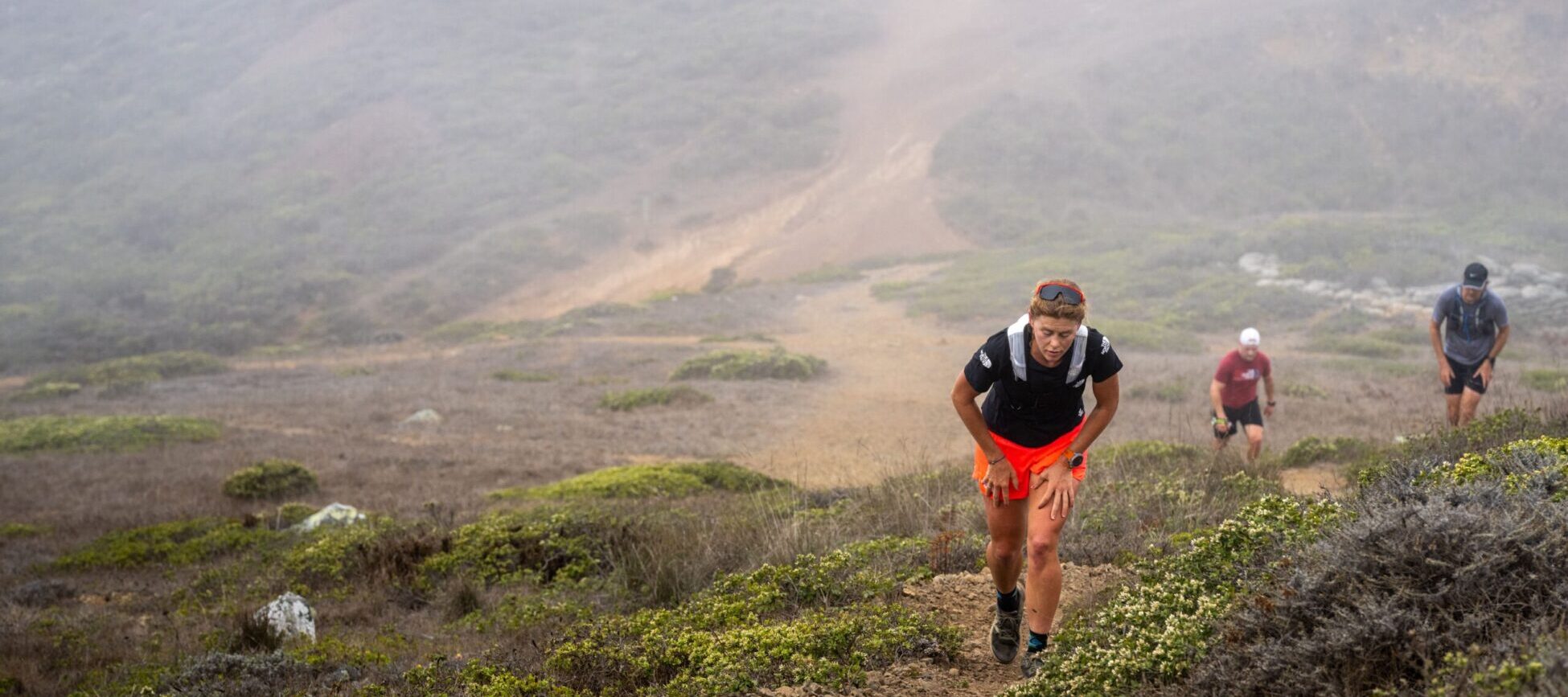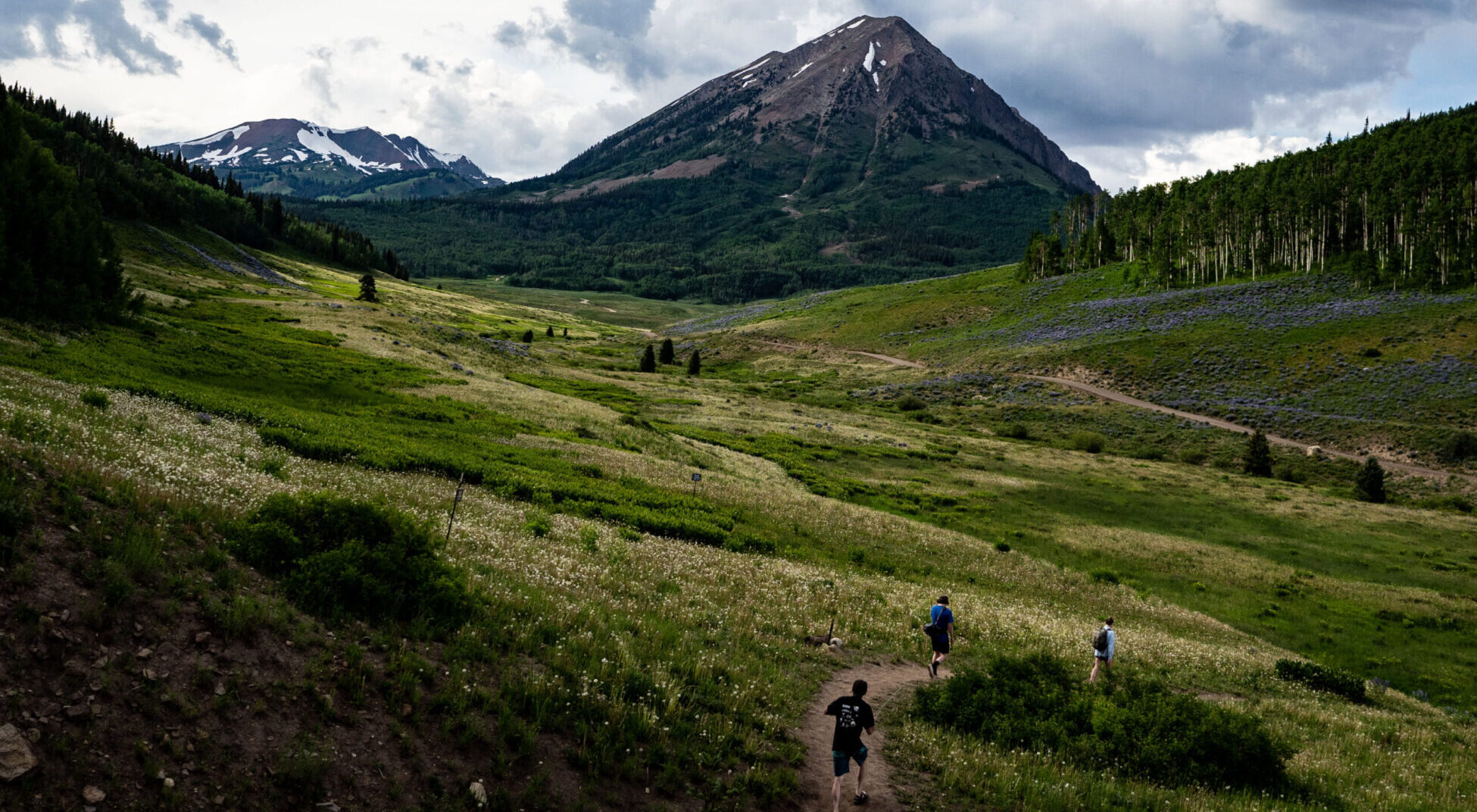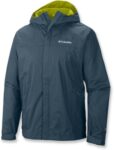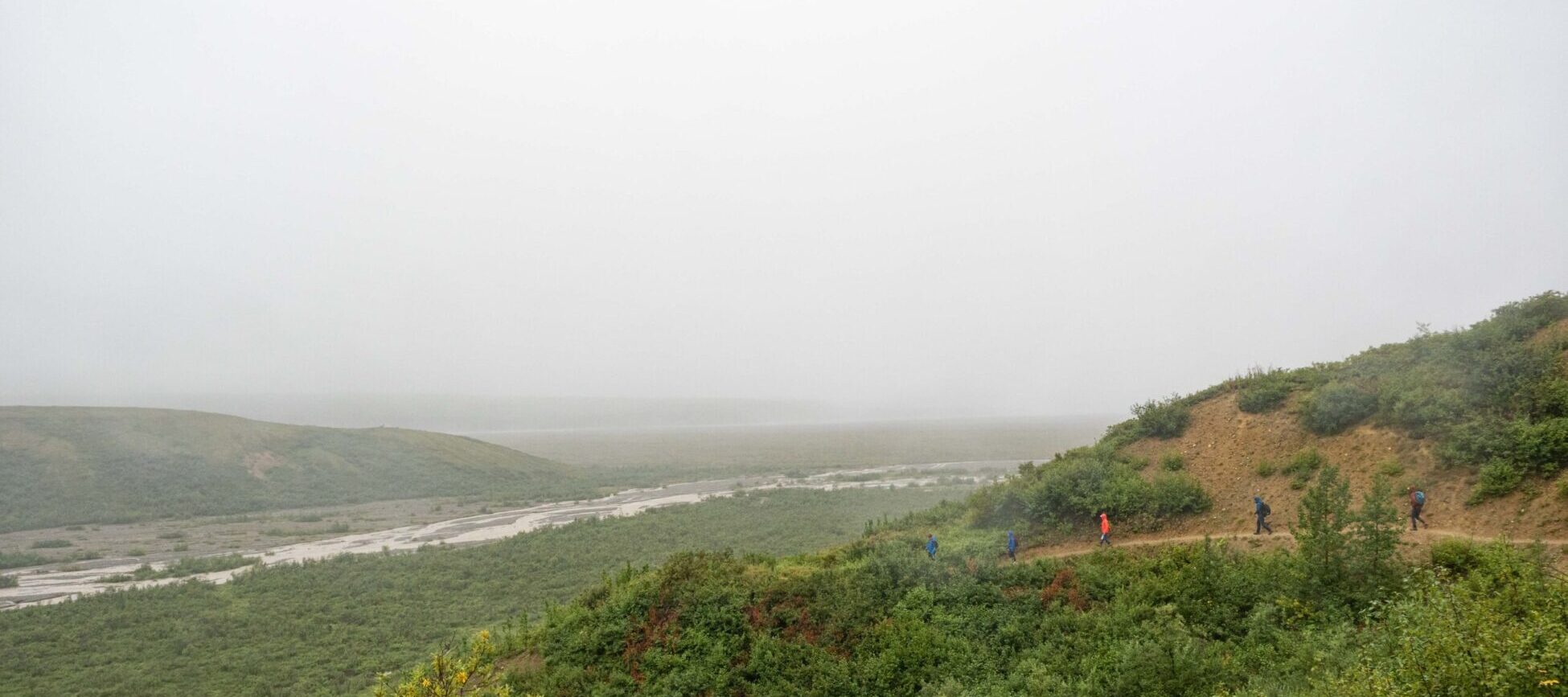
In our Trail Running 101 series, we’ll be covering just about everything you might want to know to get started in the sport, as well as tips and tricks for experienced runners to make it more enjoyable. This is the fifth part of the series, so stay tuned for more.
Intro
If you run regularly, at some point, you’re going to look out a rain-spattered window at gathering puddles and wonder, “am I really going to run in this?”
The bad news: No matter how many years you’ve been running, you’ll probably still ask yourself that same question.
The good news: With the right gear (and maybe some managed expectations), running in the rain can actually be quite rewarding.
The key to a successful — if not outright enjoyable — rainy run is making sure your gear is working with you, not against you. Staying comfortable in the middle of a deluge because you prepared properly is one of those deeply gratifying feelings you’ll understand if you spend a lot of time outside.
Here are a few tips and tricks to keep in mind when rain is in the forecast:

Decide whether or not you need a rain jacket
Just because it’s raining doesn’t necessarily mean you need to wear a rain jacket. In fact, you might actually regret it. Now, if temps are chilly, getting soaked by the rain will only make you colder, and staying wet for too long can lead to hypothermia. In scenarios like these, definitely consider bringing a water-repellent hard shell. However, in hotter and/or more humid climates, wearing a rain jacket, even when it’s actively drizzling, can cause you to overheat.
Many runners use the 50° Fahrenheit (10°C) mark as a casual rule for when to wear a waterproof jacket. If it’s warmer than 50°F, it’s smarter to just embrace getting wet without a jacket and rely on your running to heat you up. If it’s below 50°F, your body may not be able to keep you warm enough, so it’s beneficial to pack an extra layer.
Keep in mind that running in a rain jacket won’t actually keep you totally dry. You’ll inevitably work up a sweat beneath your jacket, and water will likely find its way in if you’re caught in the rain long enough. One of the main roles of a hardshell layer is to trap your body heat inside, so even if you end up completely drenched by the end of your run, you will still be warmer than if you were without a jacket. These days, most rain shells for running are designed to be stored easily in a pocket or tied around the waist, so why not just bring one along just in case the skies decide to open up?

Identify a rain jacket ideal for running
There are two schools of thought here. Since you’ll be working up a sweat in your jacket, you’ll need a way for water vapor to exit without letting in a bunch of rain. That can be accomplished with a shell made from a breathable fabric or one that uses strategically placed vents, usually under the armpits. Generally, you’ll want to look for a layer with a “durable water repellent” coating (DWR), but aside from that, selecting a jacket often comes down to whether you prefer to shed your body heat via vents, or via a less water-resistant but more breathable fabric. A cinchable hood can also make a big difference when you’re in motion or in windy conditions.
Of course, the elephant in the room when deciding on a rain layer is often price. Aside from a GPS watch, it will likely be the most expensive piece of gear you’ll buy for trail running. That said, you can actually get a high-quality rain jacket for under $100 — Columbia’s Watertight II is an affordable option we like. For the most part, build quality continues to rise the more you’re willing to spend. Arc’teryx’s Norvan LT Hoody retails for 4 times the amount of the Watertight II but uses premium Gore-Tex fabrics and is quite a bit lighter (190 g vs. 388 g for a men’s medium). For most runners, the sweet spot may be somewhere in the middle, with options like the Brooks Canopy Jacket ($130) and Outdoor Research’s Helium Jacket ($159) offering decent breathability and packability at an affordable price point. There are a lot of factors that go into how different jackets compare and which ones might work best for your specific needs, so if you’re not sure where to start, we’d recommend checking out our Outerwear 101 and Outerwear 201 articles.




Choose dark-colored, moisture-wicking, close-fitting clothes
This is not the time for running in a casual cotton tee. Cotton retains water when wet and is notoriously slow to dry. Soggy tops and shorts will sag and bunch, which can make for some pretty uncomfortable running. If you have form-fitting athletic clothes, now’s the time to deploy them. Generally, apparel made from synthetic materials is best. Wool can also be great, especially when layered under a rain jacket, but it does tend to absorb more water than most synthetics. I should also add: light-colored clothing often turns see-through when it gets soaked, so keep that in mind next time it rains and save yourself from some potential trail-side embarrassment.
Do you need waterproof running shoes?
Probably not. That might sound counterintuitive, but most waterproof running shoes feature a liner or coating that does a good job keeping water out… but does just as good of a job keeping it in, too. A misstep into a puddle — or even just an accumulation of sweat — can mean a day with wet feet. Regular (non-waterproof) running shoes typically have mesh overlays great for letting excess moisture squeeze out, whether from rain, creek crossing, or sweat. Because waterproof shoes also tend to be less breathable, they generally run a bit warmer, so unless it’s quite cold, your feet will probably be more comfortable in a pair of regular running shoes. However, that’s not to say waterproof running shoes are obsolete; one of their best uses is in truly frigid temperatures, like snow conditions, where your feet may be at risk of frostbite.
Waterproof or not, if you’re running in the rain you’ll want to make sure your shoes have plenty of grippy tread. Leave those flat-bottomed road shoes at home and reach for a pair with deeper, more widely spaced lugs for better traction on slick rocks and in slippery mud.
Protect your vision
It’s hard to see when water is in your eyes, but a waterproof cap with a brim or lightly tinted sunglasses can help. If glasses are more your style, make sure to apply an anti-fog treatment to your lenses before heading out (most moderate- to high-end glasses come pre-treated with a hydrophobic coating). Doing so prevents raindrops from accumulating and impairing your vision.
Pay attention to your socks
The wetter your socks, the more at risk you are for blisters and other issues. Provided they pair well with the fit of your shoes, socks that are synthetic, lightweight, and thin are generally best for wet conditions. The less absorbent, the better.

Don’t forget the anti-chafe balm
Did we mention chafing yet? Yes, we did, but it bears repeating because a soggy run can lead to chafing in places you might not usually suspect. Rubbing can crop up in a matter of minutes — anywhere there’s a clothing seam, skin touching skin, or fabric brushing against skin is a place where friction can lead to chafing. Running-short liners, underarms, running vest necklines — it can’t hurt to lube it all up.
Protect your phone
Most running vests and waist packs aren’t waterproof, so if you’re carrying your phone and there’s a chance of precipitation, tuck it in a plastic sleeve or bag. A Ziploc can work just fine, but if you use your phone for navigation or anything mid-run, a touch-screen compatible waterproof sleeve can be clutch to have.
Take good care of your wet gear
It’s tempting to come in dripping from a trail run and dive straight into a hot shower. Understandable, but don’t let your soggy shoes sit for too long or you’ll likely be smelling them soon. Before you settle onto the couch with a warming beverage, rinse or scrub off any muck from your gear, pull out your shoes’ insoles and tuck a wad of paper towels or newspaper inside to absorb moisture, and hang-dry your hardshell if you wore one. Be careful about using a heated fan to speed up the drying process though; exposing shoes or a rain jacket to high heat can damage some of their materials.

Should you adjust your goals and expectations?
Absolutely.
First, many trails are easily damaged when they’re wet. Erosion from footprints can leave trails that are built on clay-heavy soils in terrible condition. Do some research on your local trail conditions before heading out – in some cases, it may be best to stay off them until they’re dry to avoid causing further ruin. If you’re still set on braving the elements, at least opt for trails that will handle water better, like those built on rocky or loamy surfaces.
Second, you’re not likely to hit a PR in a downpour. Your regular runs may take more effort in the rain but… that’s a fantastic way to improve grit. Shifting expectations can help make a soggy day less frustrating, too. If you can’t see yourself splashing along exclaiming, “I feel so alive!” then maybe try leaning into valuing wet runs as a part of your “mental toughness” training.
Pat yourself on the back
Okay, this may not be a tip, per se, but more of a nod to you, runner, for digging deep and getting out there when the fair-weather folks stay inside. Put that tea kettle on, or crack that beer, and give yourself kudos for getting after it.
